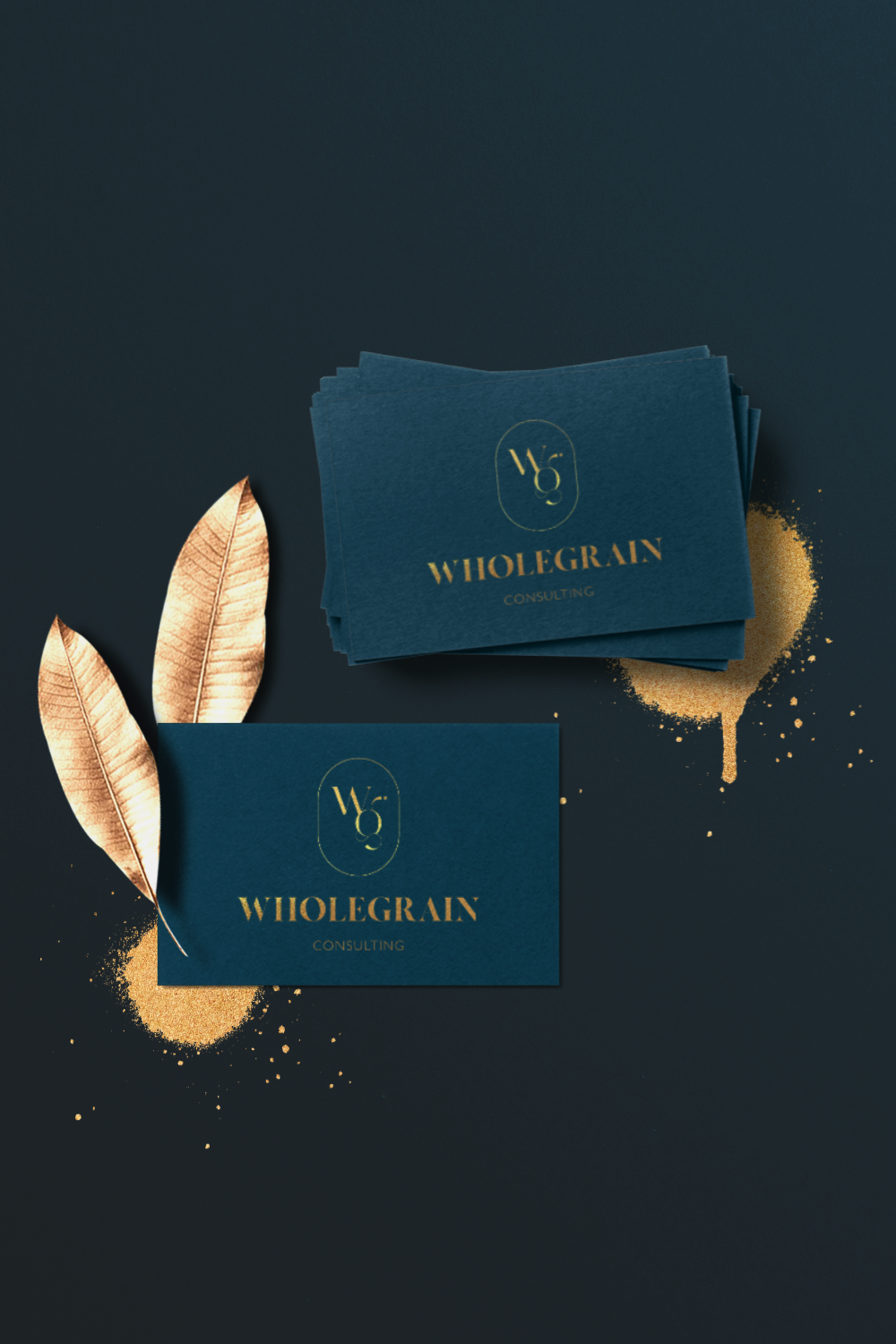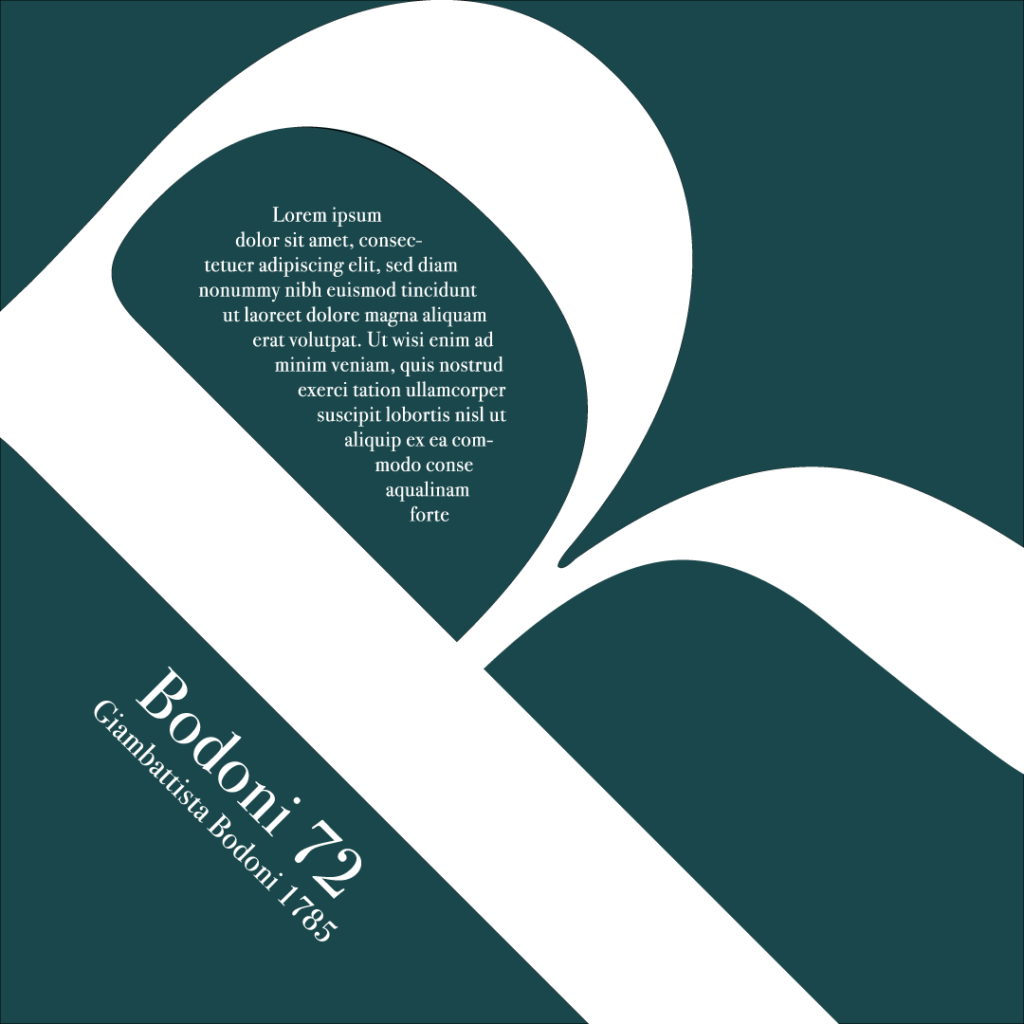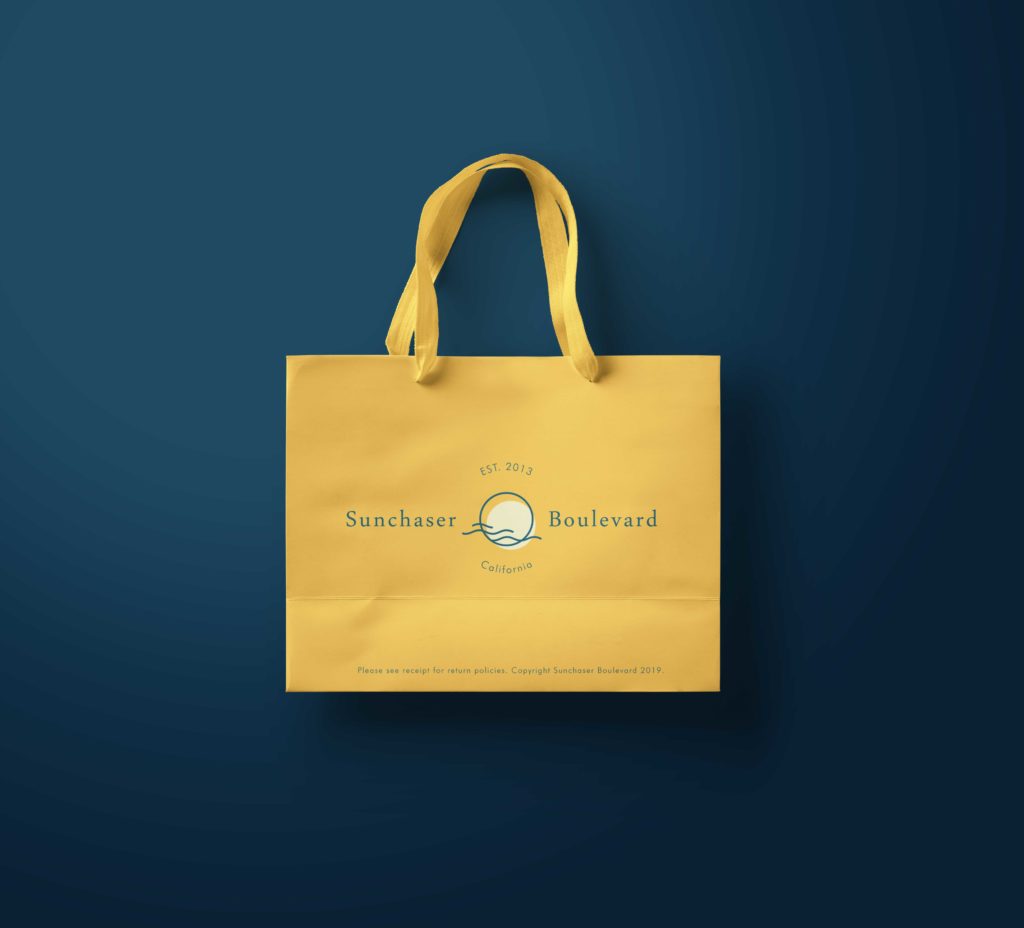Logo Talk

SHARE //
Your logo is the first impression people get about your business. It’s what they see before they even visit your website and it gives them an idea of who you are and what you do. This powerful brand asset is essential because it helps people to understand more about your business in just one simple image. In this article, we’ll go deeper into the psychology of your logo design and what your logo says about your business.
Font type
Different fonts have different usage and the vibe/feel associated with them. Whether you pick a font that’s clear and concise or one with flair and personality, it is entirely up to your branding requirements. For example, modern corporate logos use sans serif fonts like Helvetica because they’re clean and simple looking. Helvetica is also timeless, so it has more durability and flexibility for different marketing collaterals. Serif fonts are usually associated with more traditional companies as they look more professional and polished. They’re usually adapted for editorial style and stationary assets like letterhead, business cards etc.

Colour Schemes
Choosing the right colour scheme is important for branding due to its relation to psychology. For example, blue (the most popular corporate branding colour) can give off different vibes depending on its saturation and brightness. A darker, more intense shade of blue emits stability while a lighter one might feel calming. A real-life example of great colour psychology usage is Coca Cola. The colour red that they have is associated with excitement, energy, and boldness. To determine which colour palette would suit your company, always refer back to your vision, brand messaging and personality.
Symbolistic imagery
Your logo should be simple enough for anyone to understand without much explanation. Just like hand gestures, words and icons can have different meanings in other countries or different cultures, so it’s important to do some research before deciding on a symbol to use in your logo. Refer to your target market and segmentation to make sure your symbols make sense to them. Additionally, make sure the design is simple enough so it’s clear whether it’s printed tiny or scaled massively.

Taglines
A tagline or slogan helps create the brand’s personality. It also shows the purpose of business and what they are about. They help to distinguish your branding from others, however, make sure it’s not too long. Some companies integrate their taglines to their alternate logo, which can be a good idea to add more details to marketing collaterals when needed (for example on business proposals, pitching decks, etc.)
Evolution
If you check the logo of Google over the years, you would notice that its logo is ever-changing to keep up with current trends and conditions. How your branding evolves tells a lot about you and how your company transforms over time. It shows that you’re willing to change, which makes the business more relevant. Your audience will see how much effort is put into the branding design process, and this can help build trust around your brand.
Your business logo is one of the most important assets you have. It’s what people see before they even visit your website, and it gives them an idea about who you are in just a simple image. A successful logo design should be memorable but also represent the values that drive your company forward. Make sure you always refer to who you’re targeting and make conscious, intentional decisions on your logo and branding.
TIRED OF READING? WANT MORE OF A HUMAN TOUCH? I GOT YOU.